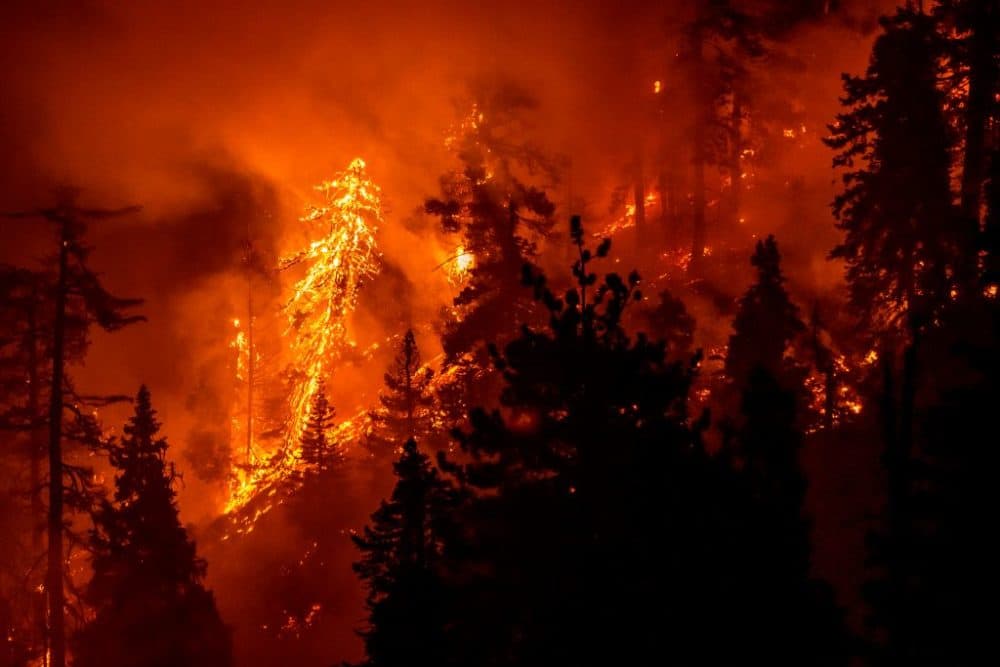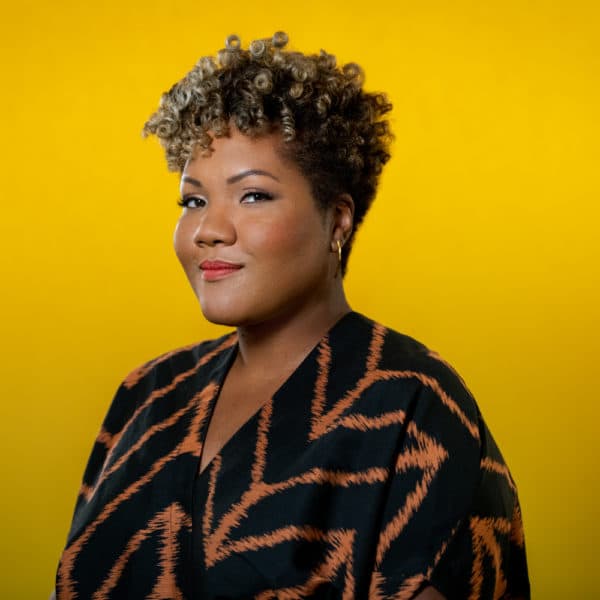Advertisement
Rising Temperatures From Climate Change And Extreme Wildfires Go ‘Hand-In-Hand,’ Scientist Says

The average area burned by wildfires in California is five times greater than it was nearly 50 years ago, according to a paper written by climate scientists at Columbia University.
While wildfires are commonplace on the West Coast of the U.S., scientists say the formation of megafires is a recent phenomenon relative to the modern period.
Park Williams, a climate scientist at Columbia's Lamont-Doherty Earth Observatory and one of the paper’s authors, says by the middle of the 20th century, the U.S. found ways to successfully suppress fires on the West Coast. But over the last few decades, megafires — which were likely the norm hundreds of years ago — have reemerged, he says.
“It's not because there are more fires. It turns out that it is because the fires that are there are getting larger,” he says. “And despite our best efforts to put them out, they continue to grow.”
He attributes a large part of the problem to temperatures rising since the 1980s. Places like California have warmed about 2 degrees Celsius — a “big deal” considering temperature alters the topography of a region, he says.
Fire and temperature “go hand-in-hand,” he says. He says the proof can be found when comparing California’s temperature records to the amount of acres and forests that burn in any given year.
“And the reason is the one that you'd expect: A warmer year has drier air, meaning that the air is more able to evaporate water out of soil and out of plants, just the same way that if you warm up your house and then your house plants will dry out,” he says.
When plants in the forest are dried out, they become more flammable, he says. Add a spark and some wind and then a fire has the potential to grow dangerously large.
In addition to hot temperatures, other factors can fuel extreme fire activity. Two contributing factors, he says, are the increase in population on the West Coast, which points to the possibility of more sparks to light a fire, and forests filled with artificially dense trees.
Advertisement
“We have been fighting fires for the last century and every time we successfully fought a fire, we allowed fuels to continue to grow that would have otherwise been thinned out by the fire,” he says. “And so today, some of our forests are artificially dense with trees. And so when the fire gets going, you'd hypothesize that the fire should be more intense.”
But neither contribute to megafires as much as temperature does. It’s the main driver of large, fast-moving fires, he says.
Fires that have destroyed communities, such as the 2018 Camp Fire in Paradise, California, are “more and more likely to occur,” he says, because of the population and high abundance of sparks — started by people or infrastructure such as power lines.
The politicization of climate change is also hurting how we adapt and react to fires, he says. The problem isn’t just years of poor fire management or climate change, but how the two together amplify fires.
“But all that said, when we look at the data, the correlation is so strong between temperature and the area of forest burned in a given year — and the two have gone up hand-in-hand over the last 40 years,” he says, “and because of that, that has me feeling that temperature warming is the dominant driver of the increase in burned area and any effect of forest management is a secondary driver.”
This story is part of Covering Climate Now, a global journalism collaboration of more than 400 news outlets committed to better coverage of the climate crisis. This Sept. 21-28 collaborative week focuses on the intersection of climate change and politics.
Want to help improve WBUR's climate coverage? Take this short survey to let us know what you like and what you want more of from our reporting.
Ashley Locke produced and edited this interview for broadcast with Peter O'Dowd. Serena McMahon adapted it for the web.
This segment aired on September 22, 2020.

